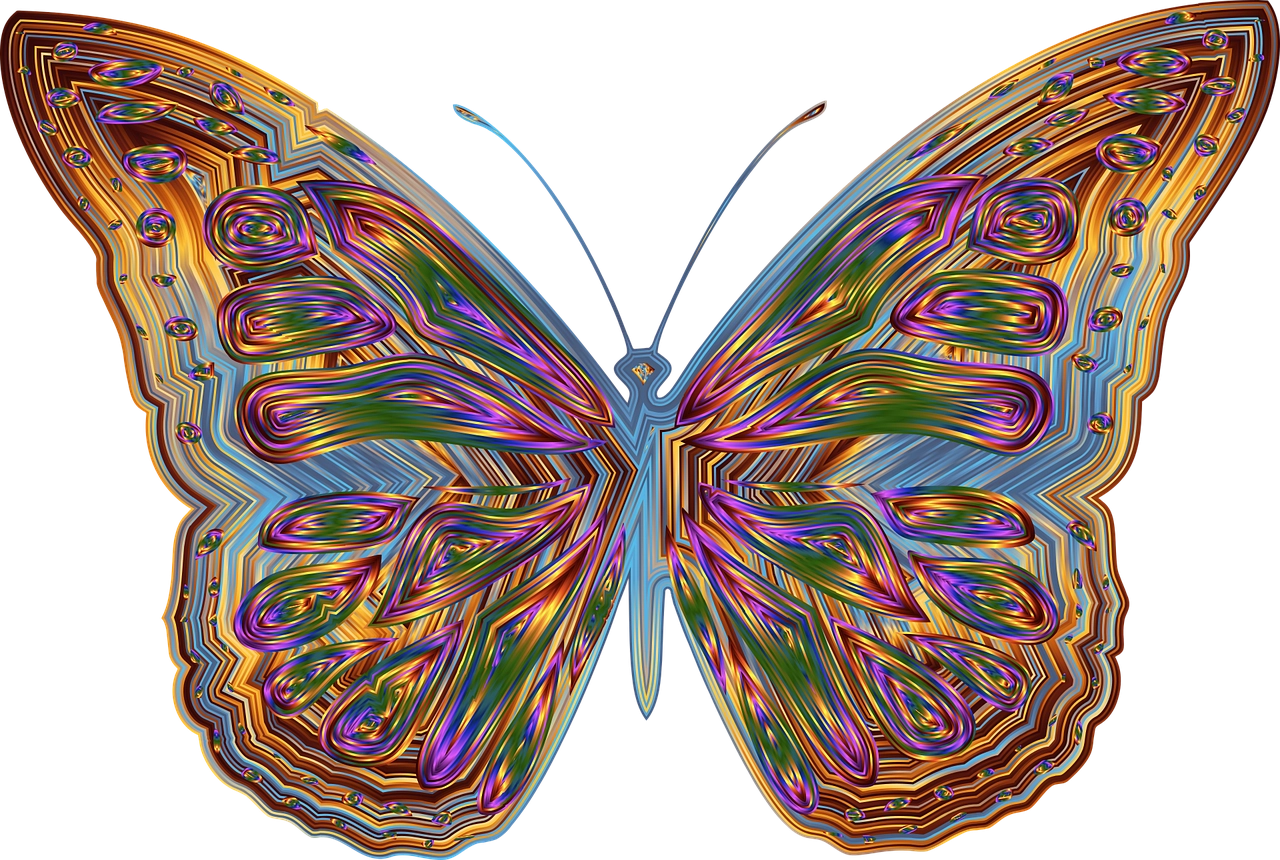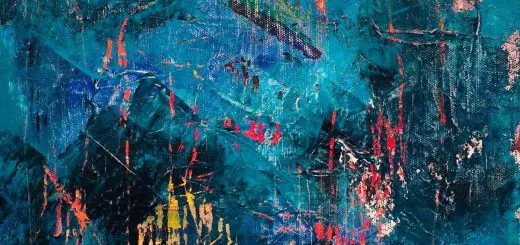Mermaids: Mystical Creatures of the Sea

Looking for more amazing products? Check out our online store and explore our collection here! Happy shopping!
Before diving in, please note: This post is for informational purposes only. If you’d like to know more about how we approach topics, feel free to check out our friendly Disclaimer Page.
Hey there, amazing readers! 
We’re committed to delivering quality posts, and your support (even just sticking around despite the ads) means everything to us. So, bear with us, and thanks for helping us keep the good vibes rolling. Now, on to the fun stuff!
TRANSLATE BUTTON AT THE END OF THE ARTICLE
A Quick Overview
Mermaids have captivated the imaginations of people around the world for centuries.
These mythical creatures are often depicted as half-human, half-fish beings that inhabit the depths of the sea.
Stories of mermaids have been passed down through folklore, literature, and art, sparking fascination and wonder in those who hear about them.
In this article, we will explore the origins of mermaids in folklore, their historical depictions, legends across cultures, physical characteristics, abilities and powers, their role in literature and art, as well as their presence in modern culture.
We will also delve into scientific explanations for mermaid sightings, conservation efforts to protect these mythical creatures, mermaid tourism around the world, famous sightings, and debunking myths surrounding them.
The Origins of Mermaids in Folklore
Mermaids are believed to have originated in Ancient Assyria, where the goddess Atargatis transformed herself into a mermaid out of shame for accidentally killing her human lover.
In Greek mythology, sirens were often depicted as part-bird, part-woman creatures who lured sailors to their deaths with their enchanting songs.
Over time, the portrayal of sirens evolved into the more familiar mermaid figure.
The medieval bestiary included descriptions of mermaids as creatures with the upper body of a human and the lower body of a fish.
They were often associated with seduction and danger.
Mermaid folklore became particularly popular in Europe during the Middle Ages, with stories of mermaids appearing in various texts and artwork.
The concept of mermaids as mystical creatures of the sea has persisted through the centuries, with different cultures adding their own unique twists to the mermaid legend.
Historical Depictions of Mermaids
Throughout history, mermaids have been depicted in various forms of art, including paintings, sculptures, and literature.
One of the most famous depictions of a mermaid is found in Hans Christian Andersen’s fairy tale "The Little Mermaid," which tells the story of a mermaid princess who falls in love with a human prince.
In art, mermaids are often portrayed as beautiful and enchanting creatures, with long flowing hair and shimmering tails.
Some historical depictions of mermaids show them as dangerous and deadly creatures, luring sailors to their doom with their mesmerizing voices.
Mermaids have also been a popular subject in maritime folklore, with sailors telling tales of encounters with these mystical beings on the high seas.
Mermaid Legends Across Cultures
Mermaid legends can be found in cultures all around the world, from Europe to Asia to Africa.
In Japanese folklore, the ningyo is a fish-like creature with a human face that is said to bring bad luck and storms.
In Caribbean folklore, the mermaid-like creature known as the La Sirene is believed to protect sailors and bring good fortune to those who encounter her.
The Scottish myth of the selkie tells the story of seals that can shed their skins to become human and often marry humans before returning to the sea.
Mermaid legends often serve as cautionary tales or explanations for natural phenomena, reflecting the cultural beliefs and values of the societies that created them.
Physical Characteristics of Mermaids
Mermaids are typically depicted as having the upper body of a human and the tail of a fish.
They are often described as beautiful and alluring, with long flowing hair and sparkling scales.
Mermaids are believed to possess supernatural beauty and charm, which they use to enchant and captivate those who encounter them.
Some legends describe mermaids as having the ability to change their appearance at will, shifting between human and fish form.
The physical characteristics of mermaids vary depending on the culture and time period in which they are depicted.
Mermaid Abilities and Powers
Mermaids are often associated with abilities and powers that set them apart from both humans and sea creatures.
In folklore, mermaids are said to have the ability to control the seas and manipulate the weather.
Some stories depict mermaids as being able to grant wishes or bestow blessings upon those who show them kindness.
Mermaids are also believed to possess the gift of prophecy, foretelling the future and guiding sailors on their journeys.
Their mystical powers make them both revered and feared by those who encounter them.
Mermaids in Literature and Art
Mermaids have been a popular subject in literature and art for centuries, inspiring countless works of fiction, poetry, and visual art.
Hans Christian Andersen’s "The Little Mermaid" is one of the most famous literary works featuring a mermaid protagonist.
Artists throughout history have depicted mermaids in paintings, sculptures, and illustrations, showcasing their beauty and mystery.
Mermaids have also appeared in popular culture, from Disney’s animated film "The Little Mermaid" to contemporary fantasy novels.
The enduring appeal of mermaids in literature and art speaks to their timeless allure and fascination.
The Role of Mermaids in Modern Culture
In modern culture, mermaids continue to capture the imagination of people around the world, appearing in films, television shows, and literature.
Mermaid-themed merchandise, such as clothing, accessories, and home decor, are popular among fans of these mythical creatures.
Mermaid festivals and conventions are held in various locations, celebrating the beauty and magic of mermaids.
Social media platforms have also contributed to the popularity of mermaids, with fans sharing artwork, stories, and videos featuring these mystical beings.
Mermaids have become symbols of beauty, mystery, and empowerment in contemporary culture.
Scientific Explanations for Mermaid Sightings
While mermaids are typically considered mythical creatures, some have speculated that sightings of mermaids may have been influenced by real animals.
Manatees, dugongs, and other marine mammals have been mistaken for mermaids due to their similar appearance from a distance.
The phenomenon of mirages and optical illusions at sea could also explain reports of mermaid sightings by sailors.
In some cases, historical accounts of mermaids may have been exaggerated or fabricated for entertainment or political purposes.
Scientific research has yet to provide concrete evidence of the existence of mermaids as supernatural beings.
Conservation Efforts to Protect Mermaids
Despite their mythical status, efforts are being made to protect the marine habitats that mermaids are said to inhabit.
Organizations dedicated to marine conservation work to preserve ocean ecosystems and protect endangered species, such as manatees and sea turtles.
Pollution, overfishing, and climate change pose threats to marine life, including the creatures that inspired the legend of mermaids.
By raising awareness about marine conservation issues, individuals and communities can help safeguard the oceans and the creatures that call them home.
Protecting the environment is essential for the well-being of both real and mythical sea creatures.
Mermaid Tourism Around the World
Mermaid tourism has become a popular niche market in various coastal destinations, attracting visitors who are enchanted by the allure of mermaids.
Cities and towns with mermaid statues, sculptures, or themed attractions often draw tourists seeking to immerse themselves in the mythology of these mystical beings.
Mermaid-themed events, such as festivals, parades, and underwater performances, offer unique experiences for visitors looking to celebrate their love of mermaids.
Some diving and snorkeling tours offer the chance to explore underwater environments where marine life, including sea creatures that resemble mermaids, can be observed in their natural habitats.
Mermaid tourism contributes to local economies and promotes awareness of marine conservation efforts in coastal communities.
Famous Mermaid Sightings
Throughout history, there have been numerous reported sightings of mermaids by sailors, fishermen, and coastal residents.
In 1493, Christopher Columbus claimed to have seen mermaids while sailing near the Caribbean, describing them as "not as pretty as they are depicted."
In the 19th century, reports of mermaid sightings in the waters off the coast of Scotland sparked renewed interest in these mythical creatures.
In more recent times, alleged footage of a mermaid swimming near the coast of Israel went viral on social media, sparking debate about the possibility of mermaids existing.
While many of these sightings have been dismissed as hoaxes or misidentifications of marine animals, the allure of mermaids continues to capture the imagination of those who believe in their existence.
Debunking Myths Surrounding Mermaids
Despite the enduring popularity of mermaids, various myths and misconceptions surround these mythical creatures.
One common myth is that mermaids are always benevolent and kind, when in fact, some folklore depicts them as dangerous and deadly.
Another myth is that mermaids are immortal, when in reality, they are often portrayed as mortal beings with supernatural abilities.
The idea of mermaids being able to grant wishes or fall in love with humans is a romanticized notion that deviates from the darker aspects of mermaid folklore.
By debunking these myths and exploring the rich tapestry of mermaid legends across cultures, we can gain a deeper understanding of the enduring appeal of these mystical creatures.
Conclusion
Mermaids, as mystical creatures of the sea, have captured the imaginations of people around the world for centuries.
From their origins in folklore to their depictions in literature and art, mermaids have remained a source of fascination and wonder.
While scientific explanations may debunk sightings of mermaids as mythical beings, the conservation efforts to protect marine habitats that inspired their legends are crucial for the preservation of real sea creatures.
Mermaid tourism continues to thrive in various coastal destinations, attracting visitors who are enchanted by the allure of these mythical beings.
By exploring the role of mermaids in modern culture and debunking myths surrounding them, we can appreciate the enduring appeal and cultural significance of these enchanting creatures.

The Enlightenment Journey is a remarkable collection of writings authored by a distinguished group of experts in the fields of spirituality, new age, and esoteric knowledge.
This anthology features a diverse assembly of well-experienced authors who bring their profound insights and credible perspectives to the forefront.
Each contributor possesses a wealth of knowledge and wisdom, making them authorities in their respective domains.
Together, they offer readers a transformative journey into the realms of spiritual growth, self-discovery, and esoteric enlightenment.
The Enlightenment Journey is a testament to the collective expertise of these luminaries, providing readers with a rich tapestry of ideas and information to illuminate their spiritual path.
Our Diverse Expertise
While our primary focus is on spirituality and esotericism, we are equally passionate about exploring a wide range of other topics and niches 

To ensure we provide the most accurate and valuable insights, we collaborate with trusted experts in their respective domains 
Our blog originally focused on spirituality and metaphysics, but we’ve since expanded to cover a wide range of niches. Don’t worry—we continue to publish a lot of articles on spirituality! Frequently visit our blog to explore our diverse content and stay tuned for more insightful reads.
Hey there, amazing reader! 
Check out our store here and take a peek at some of our featured products below! Thanks for being awesome!










